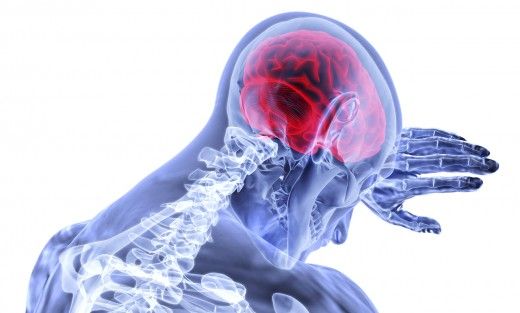Introduction
Huntington’s disease (HD) is a rare, inherited brain disorder that causes progressive nerve cell degeneration. This breakdown leads to a decline in mental abilities and physical control, and unfortunately, is fatal.

Huntington’s disease affects males and females equally across all races and ethnic groups. Symptoms typically begin between the ages of 30 and 50, but can begin earlier. About 10% of those diagnosed with HD are under 20 years of age.
What Causes Huntington’s Disease?
Huntington’s disease is caused by a mutation in the HTT gene, which provides instructions for making a protein called huntingtin. This protein plays an important role in nerve cell function, but the mutation produces an abnormally long protein that is toxic to nerve cells. The mutated HTT gene is dominant, which means that a person only needs one copy of the mutated gene to develop the disorder. If one parent has HD, there is a 50% chance that their child will inherit the mutated gene and develop the disease.
Symptoms of Huntington’s Disease
Symptoms of Huntington’s disease typically worsen over time and can vary from person to person. The most common symptoms include:
- Chorea: involuntary jerking or twitching movements
- Dystonia: muscle spasms and contractions
- Bradykinesia: slowness of movement
- Rigidity: muscle stiffness
- Impaired coordination and balance
- Difficulty walking, speaking, and swallowing
- Cognitive problems, such as memory loss, impaired judgment, and difficulty concentrating
- Psychiatric problems, such as depression, anxiety, and irritability
Juvenile Huntington’s Disease
Huntington’s disease can affect children and teenagers, although it is less common than the adult-onset form of the disease. When the disease appears before the age of 20, it is known as juvenile Huntington's disease (JHD). The symptoms of JHD are similar to those of adult-onset HD, but they tend to progress more quickly. Children with JHD may also experience seizures, behavioral problems, and difficulty learning.
Diagnosis and Treatment
A neurological examination and review of family history can help doctors diagnose Huntington’s disease. Genetic testing can confirm a diagnosis. There is no cure for Huntington’s disease, but there are treatments that can help manage the symptoms and slow the progression of the disease. Treatment options include: * Medications: Medications can be used to manage chorea and other movement problems, as well as psychiatric symptoms. * Therapy: Physical therapy can help improve muscle strength, coordination, and balance. Occupational therapy can help people with HD maintain their independence and quality of life. Speech therapy can help with swallowing and communication difficulties. * Lifestyle changes: A healthy diet and regular exercise can help maintain overall health and well-being.
Huntington’s disease is a complex and challenging disease, however, with proper management, people with HD can live fulfilling lives. Early diagnosis and treatment are essential for slowing the progression of the disease and managing symptoms.





